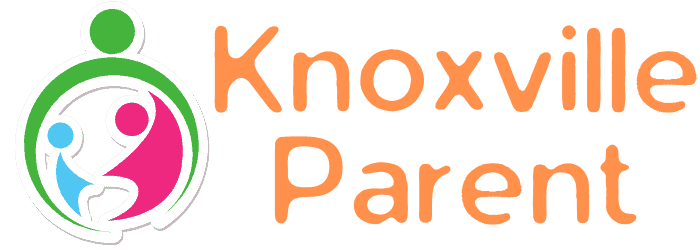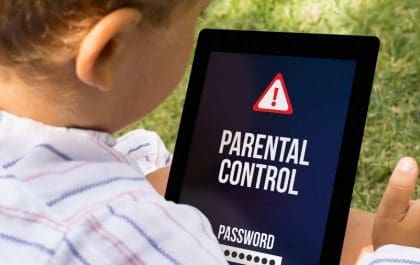Over 80,000 apps have been classified as educational, according to recent reports, and the number increases dramatically each year. How can parents and teachers decide which apps provide the “best” educational experience for their children or students? A new report from the Association for Psychological Science, “Putting Education in Educational Apps: Lessons From the Science of Learning”, provides guidelines drawn from decades of research into learning on how to choose apps that maximize the educational experience. This report argues that four principles from learning science can provide the criteria on which current apps can be judged.
Active learning uses both physical and mental skills to control aspects of the learning process. For instance, students who are expected to teach material to others learn more than students who are just expected to be tested. Adults who take notes while learning display stronger problem solving than adults who do not take notes. Children who ask questions or offer comments while visiting science museums learn more than those who do not. Educational apps can incorporate aspects of active learning by allowing students to manipulate physical or symbolic objects on the screen.
Engaged learning combines behavioral, emotional, and cognitive skills that allow an individual to stay on task and not be distracted. Many studies have shown that distractions, such as background television, can significantly impair the learning process, especially for younger children. Engaged learners are able to blend extrinsic motivation (achieving external rewards for performance) and intrinsic motivation (a desire to solve problems for personal accomplishment) to help them stay on task. Educational apps must strive to construct on-screen activities that avoid too many unnecessary distractions and instead seek to sustain interest.
Parents, teachers, and students can be at the forefront of evaluating and rating educational apps on these four criteria.
Meaningful learning “takes many forms, including learning with a purpose, learning new material that is personally relevant, and linking new learning to preexisting knowledge.” Children learn vocabulary better when words are embedded in stories than just in stand-alone lists. Students learn more content in television programs that provide a plot line and a mystery to solve. An educational app, such as Motion Math: Pizza!, introduces math concepts necessary to the running of a pizzeria.
Socially interactive learning embeds educational tasks in a context where others are also contributing. “The benefits of collaborative learning, in which students work together toward a common learning goal rather than in solo learning environments, have been known for decades.” Apps could provide various ways to interact socially: face-to-face interactions on multiple screens, video teleconferencing, or online collaborations.
The four pillars of learning work best when focused on an educational task versus a purely entertainment one. The report shows an example of how an educational app could be rated high, medium, or low on the four criteria of active, engaged, meaningful, and socially interactive. The report also encourages developers of future educational apps to apply these four principles of learning to their designs.
Parents, teachers, and students can be at the forefront of evaluating and rating educational apps on these four criteria. A system to share these ratings would benefit everyone. As more and more classrooms and homes become focused on digital devices, the opportunities for children to learn will increase if the next generation of educational apps incorporates the four pillars.
Related posts
Newsletter Subscribe
Newest Posts
Set Up a Parental Control for Online Safety
Have you ever wondered how long your children spend in front of a device without your supervision? Yes, it is…
Adopt A Life, Save A Life
By Jeff Ashin, CEO, Young-Williams Animal Center. Photo by: Young-Williams Animal Center Are you or your child thinking of adding…

